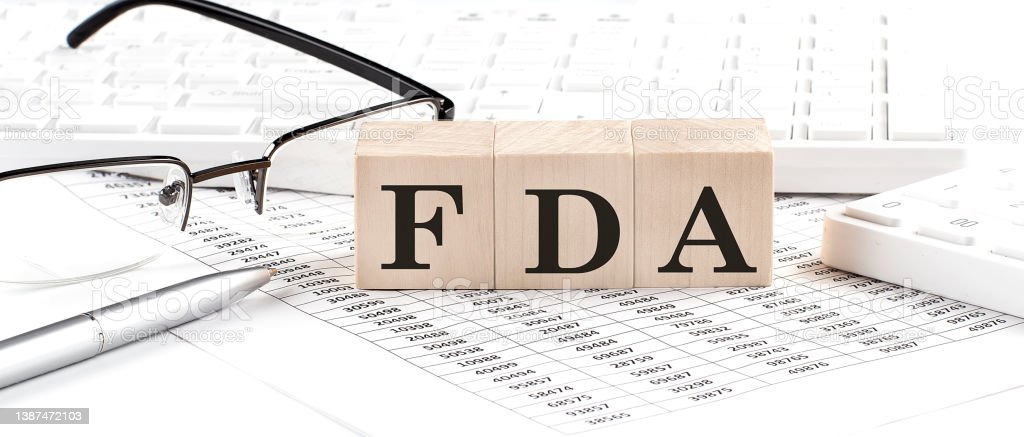1. Introduction
1.1 Purpose
This Standard Operating Procedure (SOP) outlines the process for conducting risk-based inspections (RBI) to ensure the integrity and safety of equipment, infrastructure, and operations. The goal is to prioritize inspection resources on areas with the highest risk of failure or adverse events.
1.2 Scope
This SOP applies to all departments and personnel involved in the inspection and maintenance of equipment and facilities within the organization.
1.3 Definitions
- Risk-Based Inspection (RBI): A methodology that prioritizes inspection efforts based on the risk of failure and potential consequences.
- Risk: The combination of the probability of an event and its consequences.
- Criticality: The importance of an asset based on its role in operations and potential impact of failure.
2. Roles and Responsibilities
2.1 Management
- Approve and oversee the RBI program.
- Allocate resources and ensure compliance with the SOP.
2.2 RBI Team
- Develop and implement the RBI plan.
- Conduct risk assessments and inspections.
- Review and update the RBI plan regularly.
2.3 Maintenance Personnel
- Carry out inspections as per the RBI plan.
- Report findings and take corrective actions.
3. Risk-Based Inspection Process
3.1 Risk Assessment
3.1.1 Data Collection
- Gather historical data on equipment performance, failure modes, and maintenance records.
- Collect operational data, including process conditions, environmental factors, and usage patterns.
3.1.2 Risk Evaluation
- Assess the likelihood of failure using statistical methods and expert judgment.
- Evaluate the potential consequences of failure, considering safety, environmental impact, and operational disruptions.
3.1.3 Risk Matrix
- Develop a risk matrix to classify assets based on their risk levels.
- Use a combination of probability and consequence categories to determine risk ratings.
3.2 Inspection Planning
3.2.1 Prioritization
- Prioritize inspections based on the risk ratings from the risk matrix.
- Focus on high-risk assets that have a higher likelihood of failure or severe consequences.
3.2.2 Inspection Methods
- Select appropriate inspection methods (e.g., visual inspections, non-destructive testing) based on asset type and risk level.
- Define the frequency and scope of inspections for each asset.
3.2.3 Resource Allocation
- Allocate inspection resources, including personnel and equipment, according to the prioritized inspection plan.
3.3 Execution of Inspections
3.3.1 Preparation
- Review the inspection plan and ensure all necessary tools and equipment are available.
- Communicate the inspection schedule and safety protocols to relevant personnel.
3.3.2 Conducting Inspections
- Perform inspections according to the defined methods and scope.
- Document all findings, including any anomalies or deviations from standard conditions.
3.3.3 Reporting
- Compile inspection reports detailing the findings and any required corrective actions.
- Submit reports to the RBI team for review and analysis.
3.4 Analysis and Review
3.4.1 Data Analysis
- Analyze inspection data to identify trends, recurring issues, and areas for improvement.
- Update risk assessments based on new findings and data.
3.4.2 Review and Feedback
- Hold regular review meetings to discuss inspection results and risk assessment updates.
- Incorporate feedback from maintenance personnel and other stakeholders into the RBI plan.
4. Documentation and Records
4.1 Documentation Requirements
- Maintain detailed records of all risk assessments, inspection plans, and inspection reports.
- Ensure all documentation is accurate, complete, and stored in a centralized system.
4.2 Record Retention
- Retain records for a minimum of five years or as required by regulatory and organizational standards.
- Ensure easy access to records for audits and reviews.
5. Training and Competency
5.1 Training Programs
- Develop and implement training programs for personnel involved in the RBI process.
- Include modules on risk assessment techniques, inspection methods, and safety protocols.
5.2 Competency Evaluation
- Regularly evaluate the competency of personnel through assessments and practical evaluations.
- Provide additional training and support as needed to maintain high competency levels.
6. Continuous Improvement
6.1 Program Evaluation
- Conduct periodic evaluations of the RBI program to assess its effectiveness.
- Identify opportunities for improvement and implement changes as needed.
6.2 Feedback Mechanism
- Establish a feedback mechanism for personnel to report issues and suggest improvements.
- Regularly review and act on feedback to enhance the RBI process.
7. Compliance and Audit
7.1 Compliance Monitoring
- Ensure the RBI process complies with relevant regulations, standards, and best practices.
- Conduct regular audits to verify compliance and address any non-conformances.
7.2 Corrective Actions
- Implement corrective actions for any issues identified during audits.
- Track the completion and effectiveness of corrective actions to prevent recurrence.
8. Conclusion
8.1 Summary
- A well-implemented RBI program enhances the safety, reliability, and efficiency of operations by focusing inspection efforts on the highest-risk areas.
- Continuous improvement and adherence to this SOP ensure the RBI program remains effective and aligned with organizational goals.
- For more articles, Kindly Click here.
- For pharmaceutical jobs, follow us on LinkedIn
- For Editable SOPs in word format contact us on info@pharmaceuticalcarrier.com
- For more information kindly follow us on pharmaguidelines.co.uk











